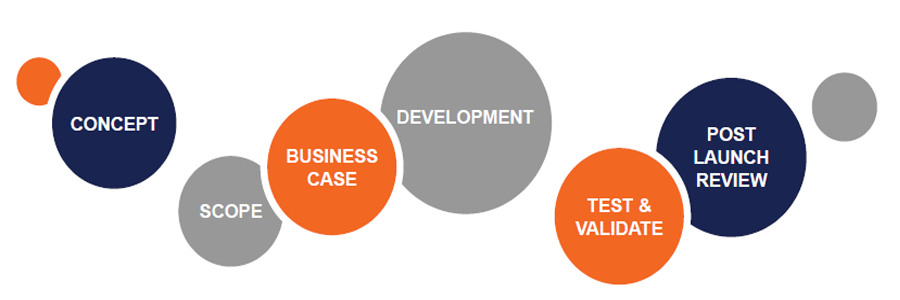In our four part series New Product Development and the Adaptation Curve dedicated to new product developers, innovators and inventors, we explore the Top 8 considerations when developing a new product. Whether a seasoned marketing professional or first timer, these 8 critical components include aspects related to product design, positioning, manufacturing, and distribution.
Product Development Costs
Most inventors underestimate the cost for designing a manufacturing ready product. Tools and molds can easily run into the five to six figure range and can dwarf first year profits. Most any product requires both two dimensional (2D) and three dimensional (3D) engineering drawings that specify material requirements, accurate measurements and tolerances which are very minute, allowable thresholds or variances in gaps, thickness, or practical limits without significantly affecting function of a component. These are the physical requirements of a product. There are also electromechanical tolerances which measure allowable ranges of energy output or resistance.
2D & 3D drawings are computer generated or Computer Aided Designs (CAD) are then used for creating the tooling for parts whether metal, plastic or other materials, even cut and sew projects. The first commercial applications were in the automotive and aerospace industries. Through the use of some of the most common software such as Solidworks and AutoCAD, two of the more widely used platforms, designers create the physical properties of a product. Depending on the complexity of the part and the actual quantity of components this cost can range from the low to tens of thousands of dollars.

Distribution Channels
Some products are ideal for Big Box retail but unless you know how to navigate this space, most category managers are not going to take a chance with a single line item vendor. Determining how to sell your product comes down to the “4-P’s” or Product, Promotion, Price and Placement. Entire marketing strategies are built around this. How you position your product will dictate your brand strategy. From there it is necessary to determine price, sales tactics and a marketing campaign and budget.
Products are sold through single or multiple channels. Often and most overlooked by new product developers is the benefit of working through wholesale/distributor channels. These organizations have years of traction and relationships with retailers and can be the best avenues for introducing your product. They have sales teams in place and assumedly the category expertise for not only implementing your programs but also helping positioning and building your brand. Your distributor is your customer and investing the time to work with and support this resource will pay off tenfold.
Think about all the valued functions that are fulfilled by a strong distributor partner. They have the infrastructure in place that includes:
- Sales: category expertise and feedback
- Warehousing; the ability to handle large single shipments
- Customer service and support— activity based interface with multiple customers
- Inventory reporting; purchasing and replenishment
- Shipping and logistics
Read Part II of New Product Development






Follow Us